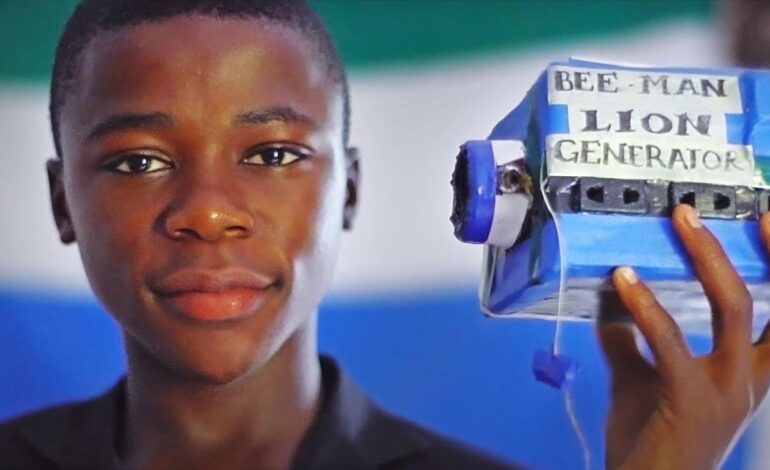
Faith Nyasuguta
Following a funding shortage, Africa is sorely lacking in the output of groundbreaking machine inventions.
The African continent is home to some of the brightest, most innovative, and most technologically advanced minds on the planet, as evidenced by the epidemic level of brain drain going on in the continent.
Its innovativeness is also evidenced by the sheer number of Africans in the diaspora, making huge strides in different industries.
The motherland has given rise to some of the globes most inventive people ever, and some of man’s most useful inventions are African-made.
However, plagued by astronomical levels of underfunding, the continent has not been able to reach its full potential.
Despite the obvious adversity, some Africans have gone ahead to apply themselves with what little they have, and what’s more impressive is the fact that these Africans are really young.
Here is a list of young Africans who have conceptualized some of the most innovative technological solutions, tailor-made for the struggles of their immediate environment. These are indeed our African outliers.
1.Wind turbine (William Kamkwamba)
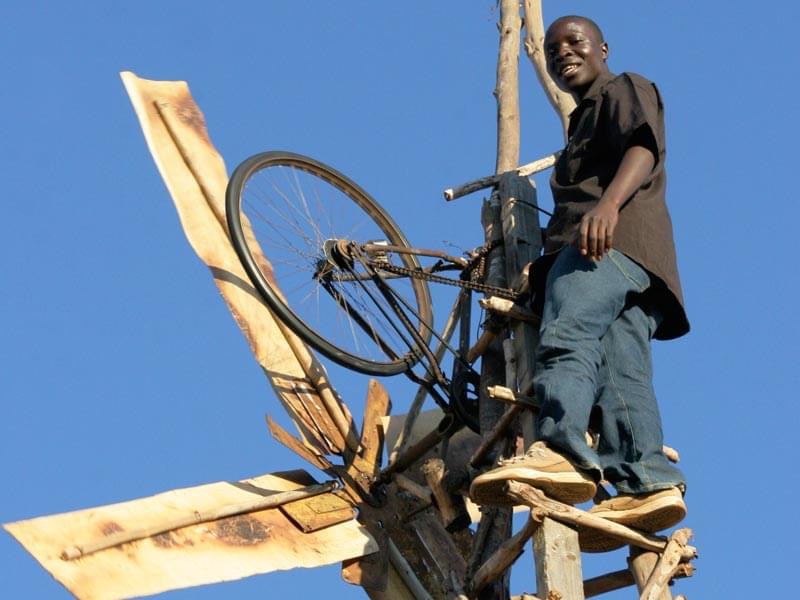
Known as the boy who harnessed the wind, William Kamkwamba built a wind turbine to power multiple electrical appliances in his family’s house in his hometown of Wimbe, Malawi 🇲🇼.
He built the wind turbine using nothing but blue gum trees, bicycle parts, and materials collected in a local scrapyard. His story was so inspiring that it was adapted into a movie, which starred A-list Hollywood actor, Chiwetel Ejiofor.
2. Urine-powered generator (Duro-Aina Adebola, Akindele Abiola, Faleke Oluwatoyin, and BelloEniola)
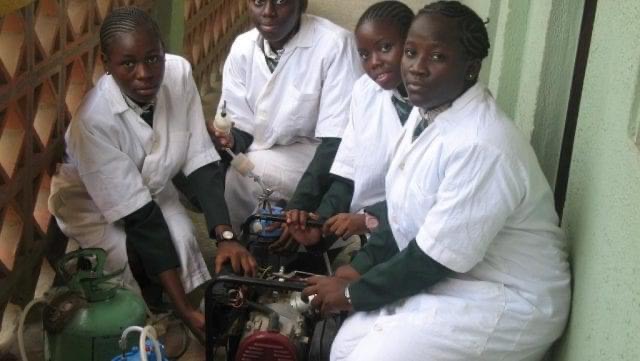
These four young Nigerian girls invented a urine-powered generator, which could give up to six hours of electricity when powered with one liter of urine. While unorthodox, such an invention has the potential to solve two problems, waste disposal and providing an alternative source of energy.
3. A radio station (Kelvin Doe)
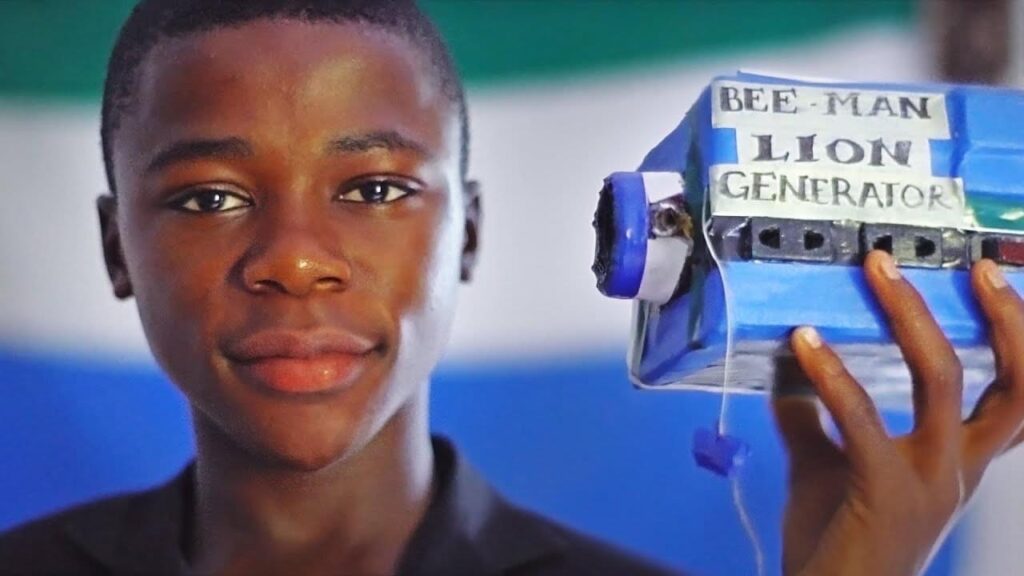
A self-taught engineer from Sierra Leone 🇸🇱 , Kelvin Doe at the age of 13 used discarded scrap metal, electrical parts, and other items he found to create electric generators for his community.
At the age of 15, he created his own radio station which he used to broadcast the news and music to his village under the moniker D.J focus. He has noted that he wants to become the youngest Visiting Practitioner at the Massachusetts Institute of Technology (MIT) at the age of 16.
4. Hydraulics-powered toys (Gerald Odo)
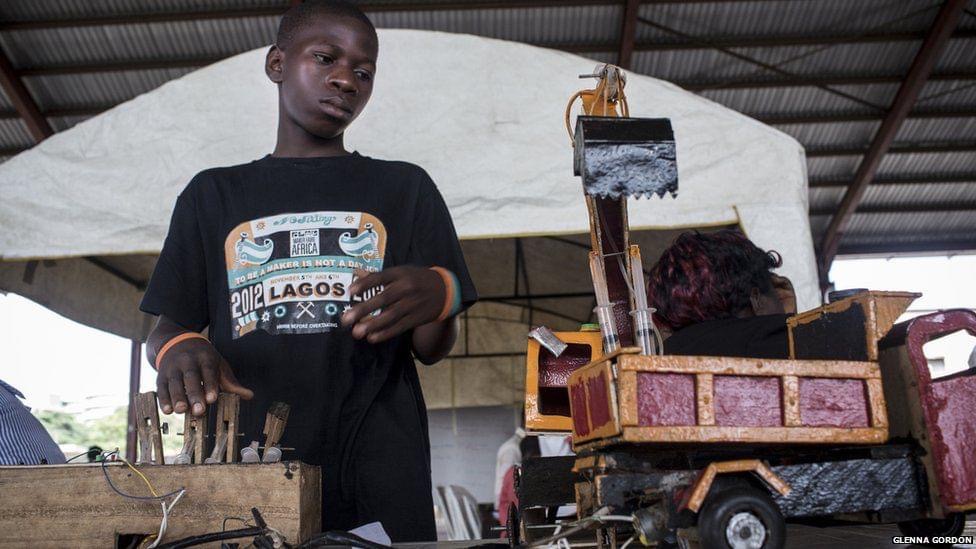
This young Nigerian at the age of 15 began experimenting with the power of hydraulics. Before long he began engineering his own line of scrap toys, using hydraulics technology to make them move.
He used painted plywood, syringes, water, wire, small tubes, and a motorcycle battery to power his inventions. Among his collections were a dump truck, an excavator, and a helicopter.
5. Battery-operated fan (Michael Ukoma)
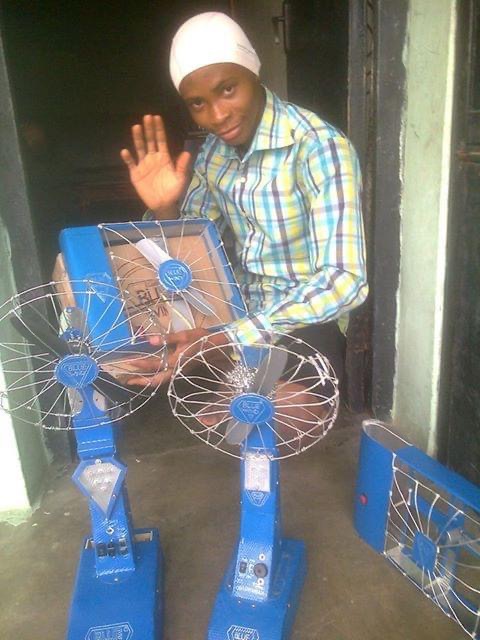
This young engineer was driven by a need to procure a solution to the heat problem in local communities in Nigeria, owing to the poor state of electricity in Nigeria.
Back in 2016, he invented a battery-operated fan that, when fully charged, can last up to nineteen hours. He called it the blue wind fan, and used aluminum, wires, and old cartons to make the invention. His goal was to make the product affordable.
Honorable mention
6. Bio-prosthetic robotic arms (David Gathu and Moses Kinyua)

The oldest entrants on the list, these two engineers were included because of the sheer brilliance of their invention.
David Gathu and Moses Kinyua both created a bio-prosthetic robotic arm operated by brain signals. The brain signals are converted to electrical current, which is then driven into the robot’s circuitry, giving the arm its mobility.
The arm has several components, including recycled wood, and moves vertically and horizontally. According to the World Record Academy, this is the first invention of its kind.




